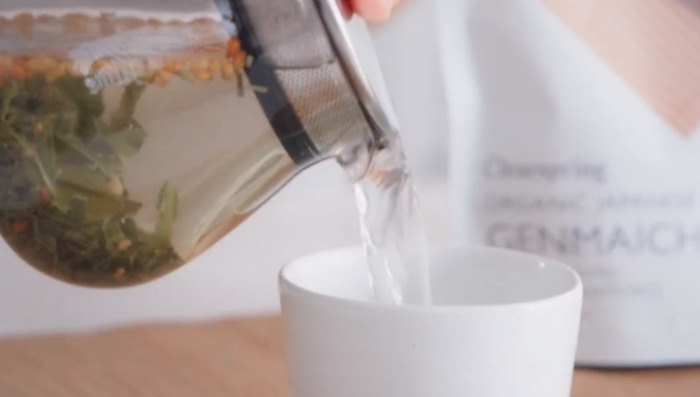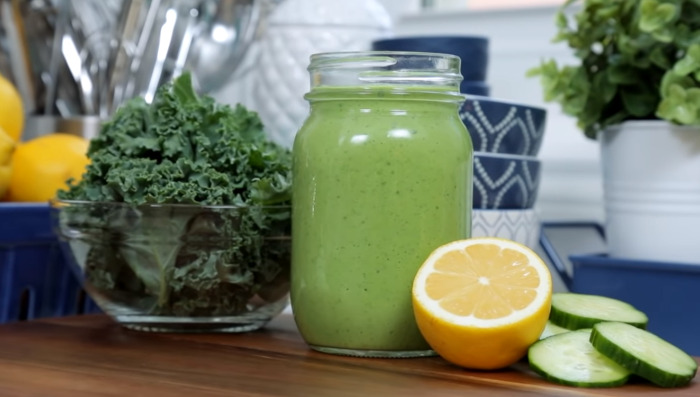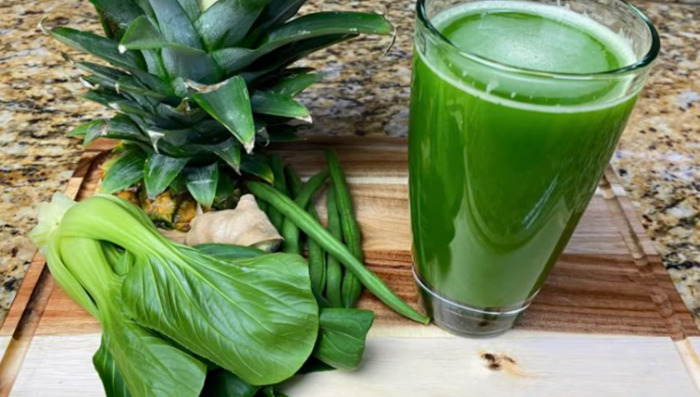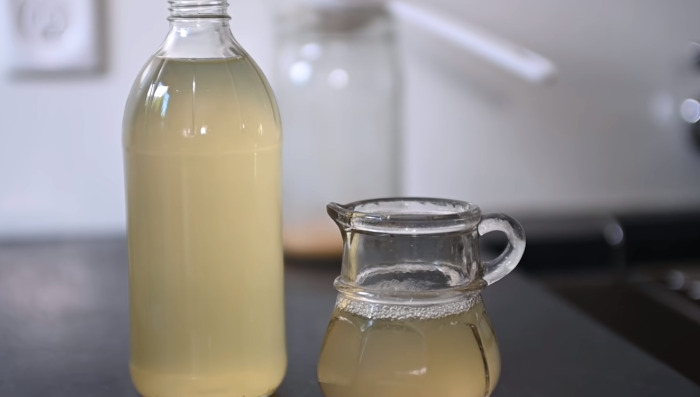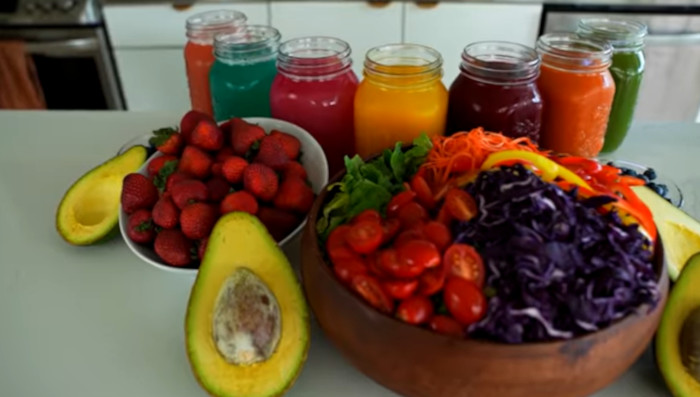What is genmaicha tea?
Genmaicha, often dubbed the “popcorn tea,” is a unique blend originating from Japan. It combines the rich flavors of bancha green tea with the nutty aroma of roasted brown rice. This pairing not only offers a delightful taste but also brings forth a myriad of health benefits. Rich in antioxidants like catechins and EGCG, Genmaicha helps combat oxidative stress. But what sets it apart? Its distinct yellowish hue and the slightly sweet, nutty flavor, a stark contrast to the usual earthy green teas.
Moreover, the presence of brown rice introduces a calming essence, making it a preferred choice for many, especially those sensitive to caffeine. So, next time you’re seeking a tea experience that’s both flavorful and beneficial, Genmaicha might just be your cup of tea. Dive in and relish the blend that Japan has cherished for ages.
Top Health benefits of genmaicha green tea:
1. Rich in Antioxidants:
Genmaicha is a powerhouse of antioxidants, particularly catechins like EGCG. These compounds actively combat free radicals in the body, shielding cells from oxidative damage. Regular consumption can enhance your body’s natural defense mechanisms, ensuring a healthier you.
2. Aids Digestion:
This unique blend, with its mix of green tea and brown rice, is gentle on the stomach. It stimulates digestion without being overly harsh, making it an excellent choice for those with sensitive digestive systems.

3. Low in Caffeine:
For those who are caffeine-sensitive or looking to reduce their intake, Genmaicha is a godsend. It offers the benefits of green tea but with roughly half the caffeine content, making it suitable for consumption throughout the day.
4. Calming Effects:
Beyond its delightful taste, Genmaicha has a calming essence, thanks to the amino acid L-Theanine. This compound has been linked to reduced anxiety and stress, making your tea time both relaxing and rejuvenating.
5. Beneficial for All Ages:
With its anti-inflammatory properties, Genmaicha can alleviate pain symptoms, especially in older individuals with conditions like arthritis. Its low caffeine content also makes it a safe choice for younger tea enthusiasts.
6. Weight Management:
Substituting calorie-laden beverages with Genmaicha can be a strategic move for those eyeing weight management. Its rich flavor profile satiates the palate, reducing the urge for unnecessary snacking.

7. Heart Health:
Regular consumption of Genmaicha can potentially reduce LDL cholesterol levels, promoting heart health.
How to prepare Genmaicha green tea?
Ingredients:
Whether you’re brewing it hot or cold, the ingredients remain straightforward, ensuring a cup that’s both comforting and healthful:

- Bancha Green Tea Leaves: The primary component, these leaves are harvested later in the season, giving Genmaicha its distinct flavor.
- Roasted Brown Rice: This ingredient, often partially popped, lends the tea its characteristic nutty taste and the nickname “popcorn tea.”
- Hot Water: Ideally, the water should be heated to around 176–185°F (80–85°C). It’s crucial not to use boiling water as it can scorch the tea leaves, altering the flavor.
- Genmaicha Tea Powder (Optional): For those who prefer a more robust flavor or are making a milk tea variant.
- Sweetener (Optional): While traditional Genmaicha is enjoyed plain, some might prefer a hint of sweetness. Honey or sugar can be added to taste.
- Milk (Optional): Only if you’re aiming for a Genmaicha milk tea variant.
Equipment:
Following equipment are used in preparing Genmaicha green tea:
- Teapot or Kyusu: Traditional Japanese clay teapots, known as Kyusu, are ideal for brewing Genmaicha. Their design allows for optimal steeping and easy pouring.
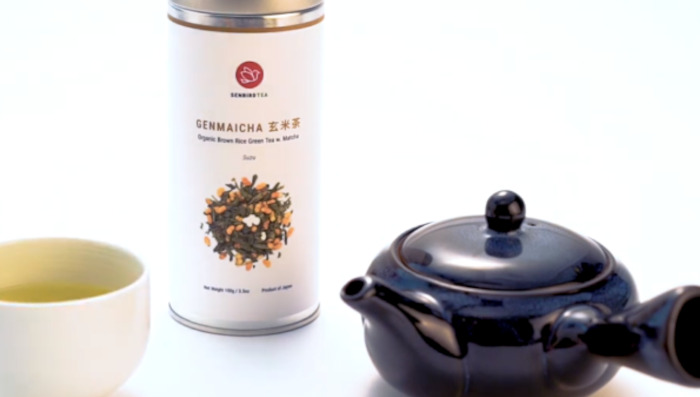
- Tea Infuser: If you’re using loose Genmaicha leaves, an infuser helps in steeping the tea without letting the leaves escape into the drink.
- Kettle: A good kettle, preferably one with temperature control, ensures the water is heated to the right temperature, between 176–185°F (80–85°C).
- Measuring Spoon: To ensure you use the right amount of tea leaves, typically 0.17–0.21 ounces (5–6 grams) per 6.7 ounces (200 mL) of water.
- Timer: For precise brewing, a timer helps you steep the tea for the recommended 60 to 90 seconds.
- Strainer: If you’re not using an infuser, a strainer helps separate the tea leaves from the liquid when pouring.
- Teacups: Traditional Japanese tea cups, which are often wider and without handles, enhance the drinking experience.
- Thermometer (Optional): If your kettle doesn’t have temperature control, a thermometer ensures the water’s right temperature.
Instructions:
Hot Brewed Genmaicha:
By following these steps, you’re sure to have a delightful beverage that’s both refreshing and flavorful.

- Measure the Tea: Start by taking 0.17 ounces (5 grams) of Genmaicha tea leaves. This amount is ideal for a single serving.
- Heat the Water: Using your kettle, heat water to around 176°F (80°C). Avoid boiling it, as too hot water can scorch the leaves, affecting the flavor.
- Prep Your Teapot: If you’re using a Kyusu or any teapot, ensure it’s warm. Pouring a bit of hot water and swirling it around before discarding can do the trick.
- Add the Tea Leaves: Place the measured Genmaicha tea leaves into your teapot or Kyusu.
- Pour the Hot Water: Add about 6.7 ounces (200 mL) of the heated water over the tea leaves.
- Steep Correctly: Let the tea steep for 60 to 90 seconds. This duration extracts the perfect balance of flavors from the tea leaves and the popped rice.
- Serve Immediately: Pour the brewed tea into your teacup. If serving multiple cups, ensure you pour a bit into each cup in turns. This method ensures an even distribution of flavor.
- Rebrew if Desired: Remember, Genmaicha leaves can be reused up to three times. For subsequent brews, you might want to adjust the steeping time slightly.
Iced Genmaicha:
- Select Your Tea: Begin with 0.17 ounces (5 grams) of Genmaicha tea leaves. This quantity is perfect for a refreshing serving.
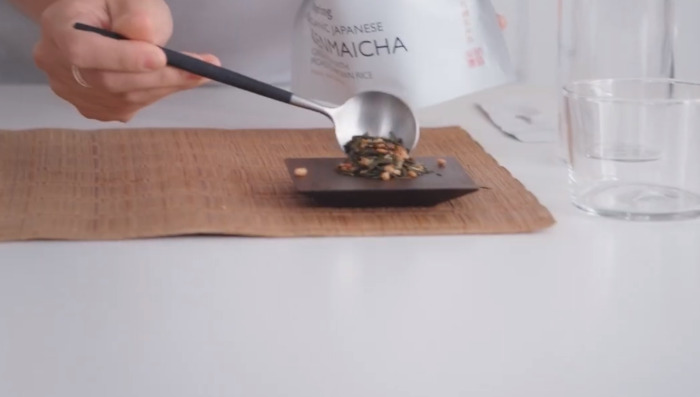
- Choose Your Vessel: Use a large flask or teapot. This will allow the tea leaves ample space to expand and infuse.
- Cold Water is Key: Pour over one large cup of ice-cold water onto the tea leaves. Cold brewing extracts a different flavor profile, often smoother and less bitter.
- Patience Pays: Allow the tea leaves to steep in the cold water for a minimum of 3 hours. This slow extraction process is what gives iced Genmaicha its unique taste.
- Sweeten if You Wish: Once steeped, you can add a touch of honey or sugar to enhance the flavor, but this is entirely up to your preference.
- Serve Chilled: Pour your brewed Genmaicha over ice cubes in a glass. The clinking of the ice and the refreshing taste is a summer delight.
- Storage: If you’ve made a large batch, store the remaining tea in the refrigerator and consume within 24 hours for the best flavor.
Genmaicha Milk Tea:
Here are the step by step instruction for making Genmaicha milk tea:
- Tea Selection: Opt for 0.088 ounces (2.5 grams) of fine Genmaicha tea powder. This ensures a smooth blend with the milk.
- Initial Mixing: In a small bowl, combine the Genmaicha powder with 1.7 ounces (50ml) of hot water, ensuring it’s not boiling. Aim for a temperature around 175°F (80°C).
- Whisking is Essential: Vigorously whisk the mixture until it forms a consistent paste. This step ensures there are no lumps in your milk tea.
- Milk Matters: Pour in 6.8 ounces (200ml) of your preferred milk. Whether you choose dairy or a plant-based alternative, ensure it complements the nutty flavor of Genmaicha.
- Sweeten to Taste: Add honey or sugar as per your preference. Remember, the right sweetness can elevate the overall taste.
- Iced Option: If you’re in the mood for a cold beverage, fill your glass with ice before pouring the milk tea.
- Serve and Savor: Once mixed, pour your Genmaicha milk tea into a glass and enjoy the creamy, rich flavor with the unique nutty undertones of the tea.
Conclusion:
Genmaicha green tea, a harmonious blend of green tea and roasted brown rice, offers a unique flavor profile and a plethora of health benefits. From its potential in weight management to its rich antioxidant content, this tea is a gem in the world of beverages. When it comes to crafting the perfect cup, whether it’s a hot brew, an iced version, or a creamy milk tea, the process is both simple and rewarding.
The key lies in the quality of ingredients and the precision of the method. With the right equipment, making Genmaicha becomes an art, allowing you to savor its nutty and toasted nuances. As we’ve journeyed through the intricacies of this tea, it’s evident that Genmaicha is more than just a drink; it’s an experience. Whether you’re a tea enthusiast or a curious beginner, Genmaicha promises a delightful and healthful sip every time. Cheers to good health and great taste!
FAQs:
What does Genmaicha taste like?
Genmaicha boasts a unique flavor, blending the fresh grassiness of green tea with the nutty warmth of roasted brown rice. This combination results in a savory taste, reminiscent of popcorn or toasted bread. Its aroma is equally inviting, offering a comforting scent that’s both earthy and vibrant. The tea’s balanced profile ensures it’s neither too overpowering nor too subtle, making it a delightful beverage for both seasoned tea drinkers and newcomers alike. In essence, Genmaicha is a harmonious dance of flavors, truly a treat for the senses.
What does Genmaicha pair with?
Genmaicha’s unique blend of grassy green tea and nutty roasted rice makes it a versatile pairing option. It complements a variety of dishes, especially Japanese cuisine. Its subtle flavors enhance sushi, tempura, and light soups without overshadowing them. Additionally, the tea’s toasted notes pair beautifully with light pastries or crackers. Whether you’re enjoying a full meal or just a snack, Genmaicha serves as the perfect beverage to elevate your culinary experience.
Related Read: Holy Basil Benefits, Recipes And Side Effects: A Complete Guide.

